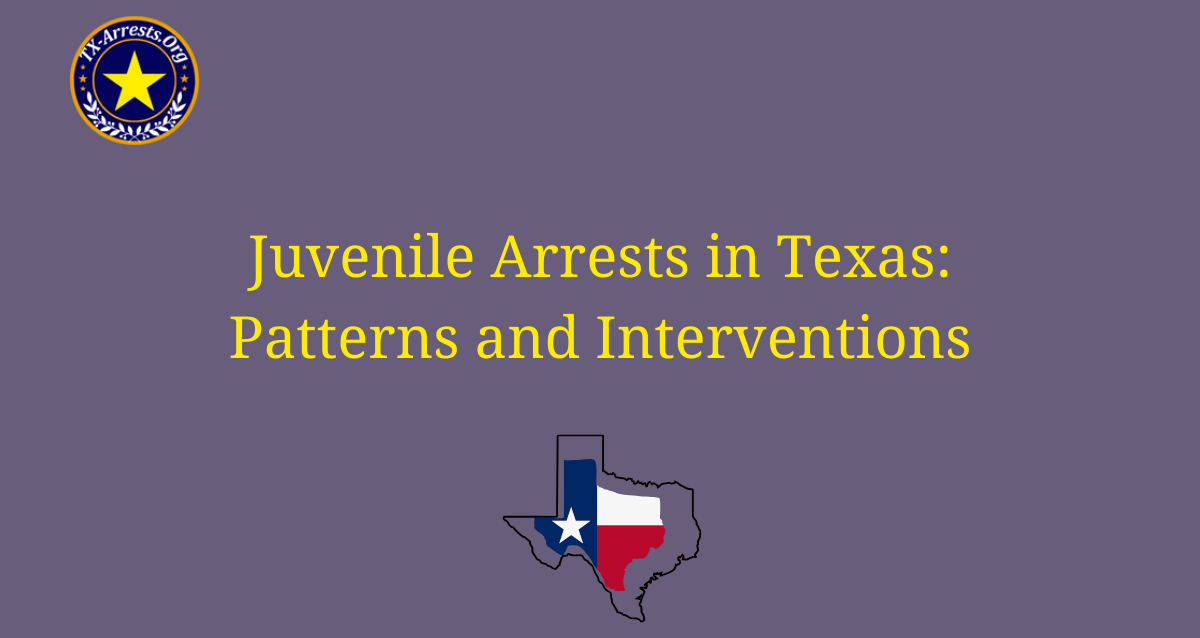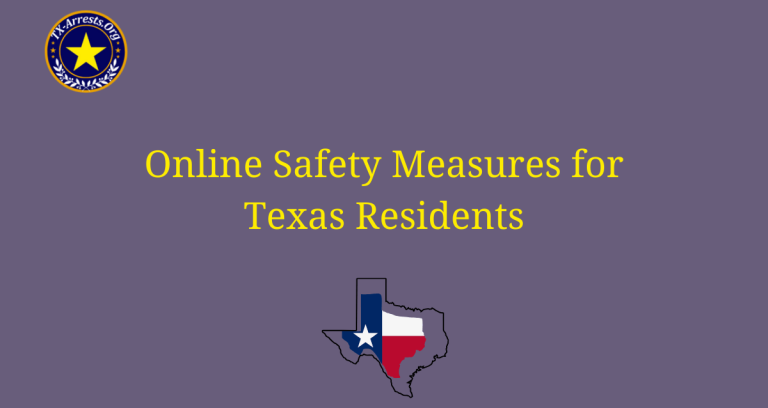Juvenile Arrests in Texas: Patterns and Interventions

Juvenile crime rates in Texas have been a cause for concern in recent years. The patterns of arrests among young offenders have raised questions about the effectiveness of current interventions and the need for new approaches. This study aims to analyze the trends in juvenile arrests in Texas and evaluate the interventions that have been implemented to address this issue. By understanding the patterns and identifying gaps in the existing interventions, we can develop targeted strategies to prevent juvenile crime and promote a safer community for all.
Overview of Juvenile Arrests in Texas
In this section, we will provide an overview of the current state of juvenile arrests in Texas. We will examine the statistics and trends in juvenile crime rates, highlighting any significant changes over the years. By understanding the scope and magnitude of the problem, we can better assess the need for effective interventions.
Analysis of Existing Interventions
In this section, we will evaluate the interventions that have been implemented to address juvenile crime in Texas. We will examine the various programs, policies, and initiatives that have been put in place to prevent and reduce juvenile arrests. By analyzing the effectiveness of these interventions, we can identify their strengths and weaknesses, and determine areas for improvement.
Identifying Patterns and Trends
In this section, we will delve deeper into the patterns and trends observed in juvenile arrests in Texas. We will analyze demographic factors such as age, gender, and ethnicity, and identify any correlations or disparities. By understanding these patterns, we can develop targeted interventions that address the specific needs of different groups of young offenders.
Gaps in Existing Interventions
In this section, we will identify the gaps and shortcomings in the existing interventions for juvenile crime in Texas. We will examine any areas where the current strategies are ineffective or insufficient. By identifying these gaps, we can propose new approaches and strategies to fill them, ensuring a more comprehensive and effective response to juvenile crime.
Developing Targeted Strategies
In this section, we will discuss the importance of developing targeted strategies to prevent juvenile crime in Texas. We will explore evidence-based approaches and best practices from other jurisdictions that have successfully reduced juvenile arrests. By incorporating these strategies and tailoring them to the specific needs of Texas, we can create a more effective and sustainable framework for preventing juvenile crime.
FAQs
What are the patterns of juvenile arrests in Texas?
The patterns of juvenile arrests in Texas vary depending on the region and crime rates. However, some common patterns include an increase in drug-related offenses, property crimes, and violent crimes among juveniles.
What are the interventions for juvenile arrests in Texas?
There are several interventions implemented in Texas to address juvenile arrests. These include diversion programs, counseling and rehabilitation services, community-based programs, and educational initiatives aimed at preventing future delinquency.
What are the risk factors associated with juvenile arrests in Texas?
Some risk factors associated with juvenile arrests in Texas include a history of family violence, substance abuse, lack of parental supervision, involvement in gangs, and academic difficulties. These factors can increase the likelihood of juvenile delinquency.
What are the long-term consequences of juvenile arrests in Texas?
Juvenile arrests in Texas can have long-term consequences for individuals, including educational setbacks, limited employment opportunities, and a higher likelihood of reoffending. It is crucial to provide effective interventions to prevent these negative outcomes.
How does the juvenile justice system in Texas handle arrests?
The juvenile justice system in Texas follows a rehabilitative approach, focusing on the rehabilitation and treatment of juvenile offenders rather than punishment. It aims to address the underlying issues contributing to delinquency and provide support for positive change.
What are the current initiatives in Texas to reduce juvenile arrests?
There are various initiatives in Texas aimed at reducing juvenile arrests. These include community outreach programs, school-based prevention efforts, mentoring programs, and collaborations between law enforcement and social service agencies to provide early intervention and support for at-risk youth.
Conclusion
In conclusion, this study aims to provide a comprehensive analysis of juvenile arrests in Texas and the interventions that have been implemented to address this issue. By understanding the patterns and gaps in the existing interventions, we can develop targeted strategies to prevent juvenile crime and promote a safer community for all. It is crucial that we continue to invest in evidence-based approaches and innovative solutions to ensure the well-being of our young population and the overall safety of our society.






